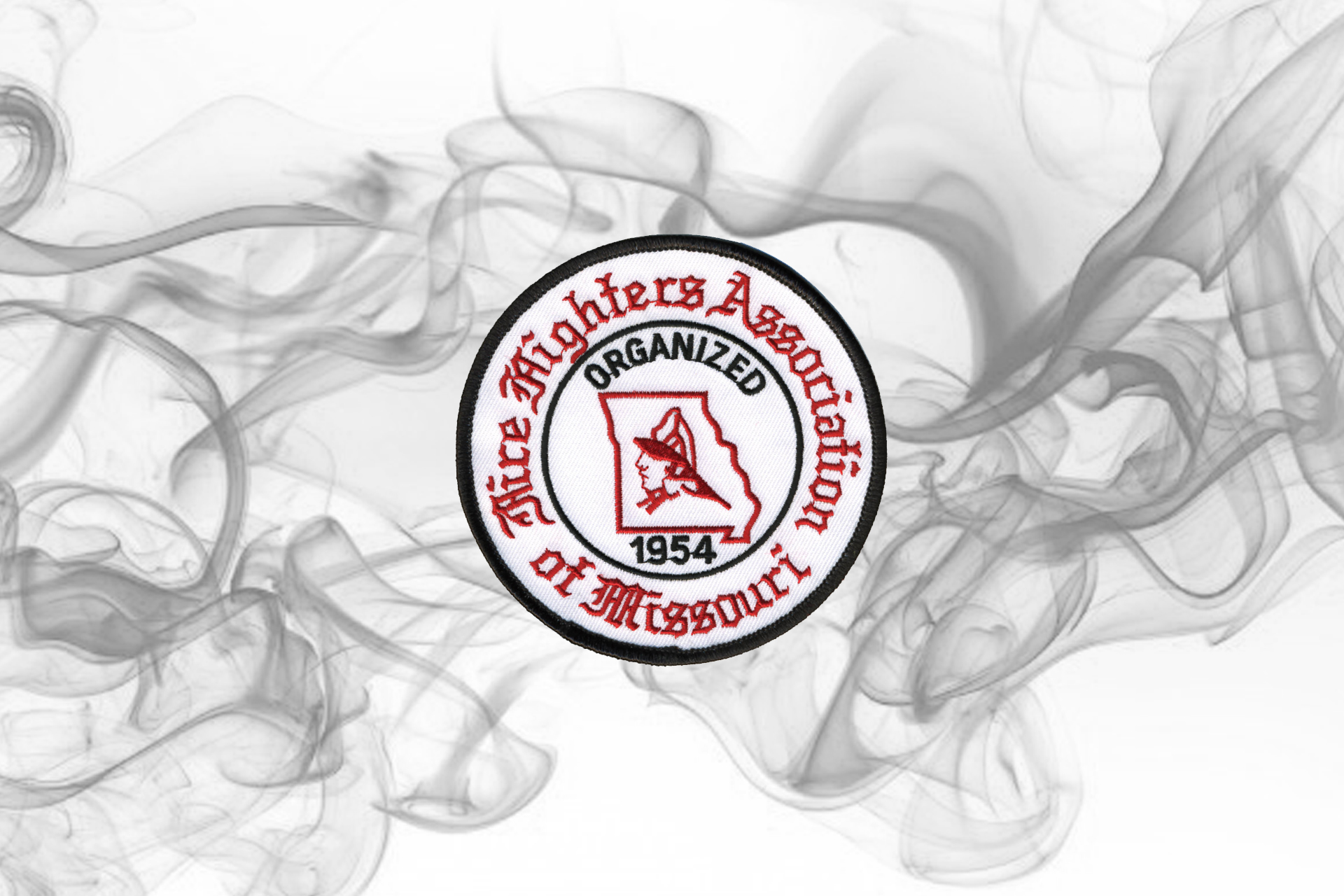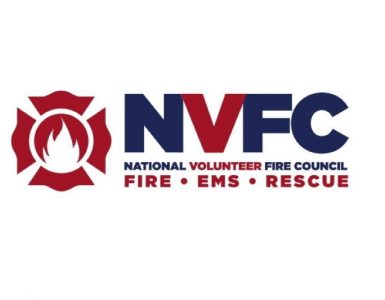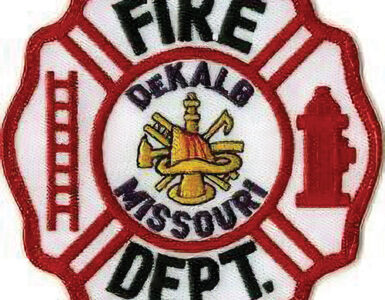Current research demonstrates an increased risk for a number of types of cancer among firefighters. Although most fire departments are responding to fewer fires than in the past, the amount of exposure time has increased due to the limited number of available firefighters, either due to budget cuts, staffing reductions or the availability of volunteers.
Today’s fires grow at a much more rapid rate than yesterday’s fires while exposing firefighters to significantly increased concentrations of highly carcinogenic agents. Today’s residential fires have more in common with hazardous materials events than old-fashioned house fires due to the materials now common in homes such as plastics and synthetics. Commercial and vehicle fires have highly concentrated toxicants and dumpster fires contain completely unknown substances and toxicants.
Many researchers believe that cancer rates among firefighters would be even higher if it was not for the “healthy-worker effect.” Firefighters are expected to have a lower rate of cancer than the general population because the job tends to attract people who are healthy and in better shape, at least when they start their careers. It is also believed that cancer rates are potentially under reported among firefighters because many firefighters do not discover they have cancer until after retiring and are subsequently then considered to be a part of the general population comparison group. Volunteers were not, and are not, included in any of the previous or on-going U.S. studies. For these three reasons, and others, we believe the number of firefighters battling cancer diagnoses is much, much higher.

































